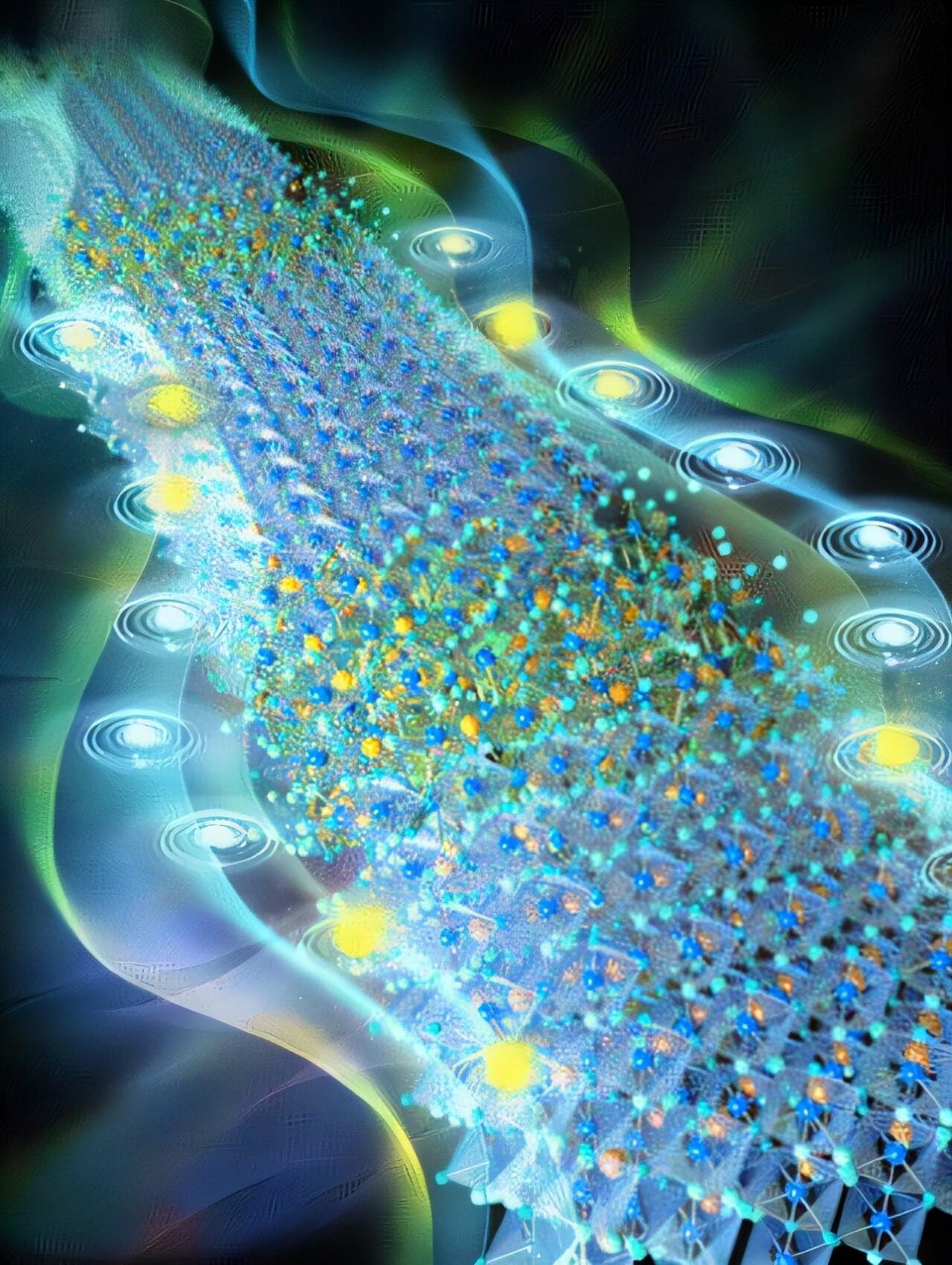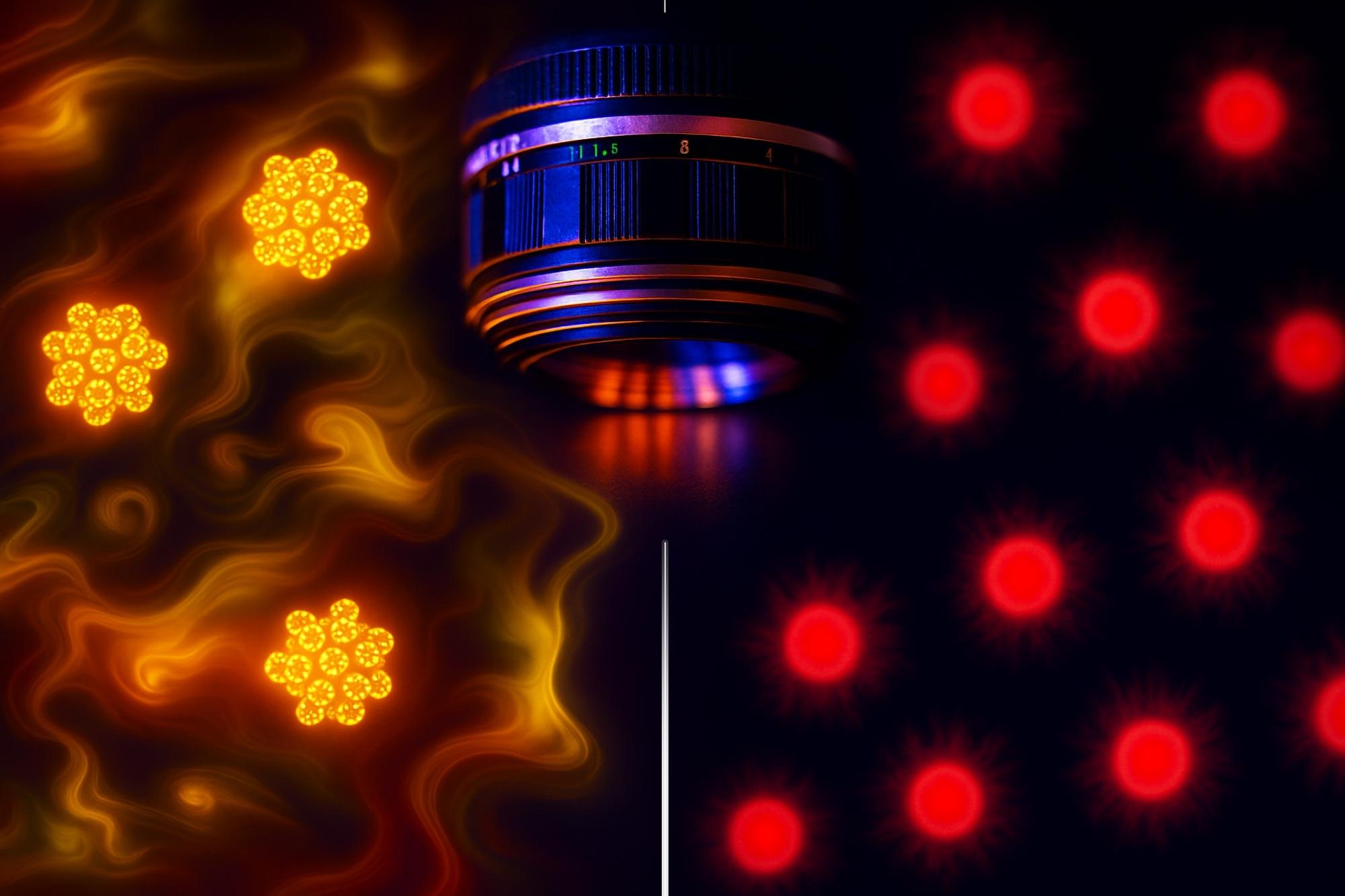Leading physicist Raphael Bousso joins Brian Greene to explore the almost unreasonable capacity of our theories of gravity to give deep insights into quantum physics.
This program is part of the Big Ideas series, supported by the John Templeton Foundation.
Participant: Raphael Bousso.
Moderator: Brian Greene.
0:00:00 — Introduction.
00:01:12 Are there any cracks in Quantum Mechanics?
00:03:18 Bousso’s Case for Measurement-Driven Physics.
00:06:00 Does Quantum Mechanics Describe Reality?
00:09:37 How Decoherence Hides Quantum Weirdness.
00:15:05 Difference between Quantum and Classical Mechanics.
00:17:50 What Would Einstein Think of Modern Quantum Theory?
00:21:19 Entanglement’s Place in the Weird World of Quantum Theory.
00:26:45 Bousso’s Intuition for How Entanglement Works.
00:29:12 Einstein’s EPR Worries — What Do We Make of Them Now?
00:33:22 What Is a Singularity in a Black Hole?
00:38:06 How Oppenheimer and Snyder Modeled a Collapsing Star.
00:44:27 Insights Into Hawking Radiation — When Black Holes Began to Evaporate.
00:55:24 Gravity’s Quantum Secrets.
01:01:16 What Does Holography Say About Reality?
01:04:28 Rethinking How We Talk About Unification.
01:08:48 Bousso & Wall: The Quantum Focusing Conjecture.
01:14:33 From Theory to Test: Holography Gets Real.
01:19:34 The Value of String Theory Beyond Being ‘Right’
01:22:06 Penrose and the Proof That Singularities Are Real.
01:28:02 Hawking’s Theorem and the Rise of Singularities.
01:32:41 Is Gravity the Missing Piece in Quantum Theory?
01:39:07 How Bousso and Polchinski Rethought the Cosmological Constant.
01:51:10 Will the Universe Ever Give Up This Secret?
01:53:31 Credits.
VISIT our Website: http://www.worldsciencefestival.com.
FOLLOW us on Social Media:
Facebook: / worldsciencefestival.
Twitter: / worldscifest.
Instagram: / worldscifest.
TikTok: / worldscifest.
LinkedIn: / world-science-festival.
#worldsciencefestival #briangreene #gravity #astrophysics #quantumgravity #quantumphysics






